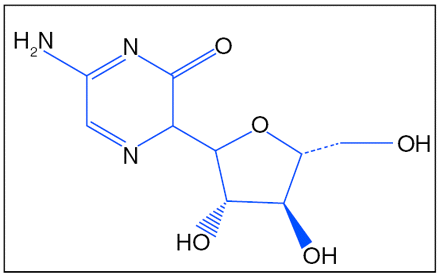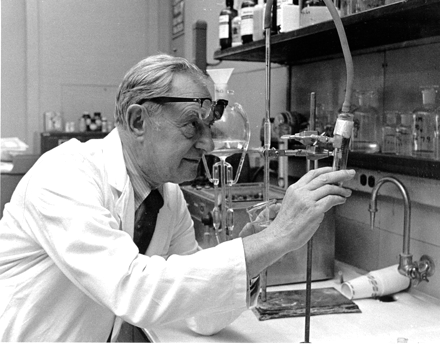Sites of interest on the World Wide Web—edited by David Roman
Regenerative Medicine—A Growing Hot Topic

In their article this month for MI, Andersson and Christ review the field of regenerative medicine and more specifically regenerative pharmacology. This field is broad, ranging from the development of cellular material and scaffolding matrices to the regeneration and engineering of entire functional replacement organs, such as the bladder construct highlighted in their article. While the argument for the development of these technologies for the benefit of humankind is clear, there are some current governmental limitations in this field of research, most notably on the development of new embryonic stem cell lines. As cited in their article, the National Institutes of Health Fact Sheet on Regenerative Medicine offers a wide view of the field (www.nih.gov/about/researchresultsforthepublic/Regen.pdf). The NIH also provides Stem Cell Information (http://stemcells.nih.gov/index.asp) that contains US stem cell policy, access to the database of human embryonic stem cell lines available to US researchers, as well as the NIH stem cell registry. An additional resource geared more toward the general public is offered by the Regenerative Medicine Foundation (http://www.regenerativemedicinesociety.org), a non-profit group aimed at public education and support of regenerative medicine research.
Great (and Free) Chemical Structure Drawing Tools

Advanced Chemistry Development (ACD/Labs) has made several of their software packages free to download for personal or academic use. These packages, including the popular ChemSketch, LogP, and Chembasic (which includes some neat drawing tool “goodies”) as well as add-ons for PubChem mass searching and IUPAC naming. There is also a TLC plate tool as well as a column selector add-on for providing guidance for new separations. These free downloads, as well as links to sample databases can be found at http://www.acdlabs.com/download/, and they are definitely worth checking out!
Celebrating the Work of a Pioneer

This year, ASPET will inaugurate the Julius Axelrod Award for outstanding contributions to research and mentoring. The groundbreaking work of Dr. Axelrod has been featured in many journals and Web sites, including that of the Nobel Foundation (http://nobelprize.org/nobel_prizes/medicine/laureates/1970/axelrod-bio.html), which highlights the life and work of Dr. Axelrod, who won the award in 1970 in Physiology or Medicine for his role in elucidating the mechanism of noradrenaline inactivation. His work on sympathomimetic amines is presented on the Web at Profiles in Science at the National Library of Medicine (http://profiles.nlm.nih.gov/HH/Views/Exhibit/narrative/amines.html). This informative and engrossing Web site offers a view of Axelrod’s work from 1946 to 1970 (his Nobel Prize) and beyond.
Contraceptive Research
John Amory writes about inhibiting sperm motility as a mode of male contraception in his Viewpoint in this issue. The field of alternative and new contraceptives has been of considerable interest, and in terms of research funding, usually falls under the auspices of the NIH National Institute of Child Health and Human Development. The NIH Web site (http://www.nichd.nih.gov/about/org/cpr/) provides information about several branches of research, including the contraceptive and reproductive health area. The site provides the standard links to ongoing funded research programs as well as announcement of funding opportunities, including information on the Cooperative Research Program on Male Fertility Regulation (http://www.nichd.nih.gov/research/supported/malefertility.cfm), which outlines the current goals of supported research in this area.

- © American Society for Pharmacology and Experimental Theraputics 2007



